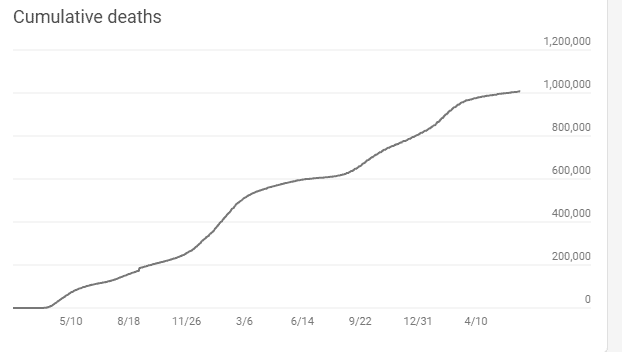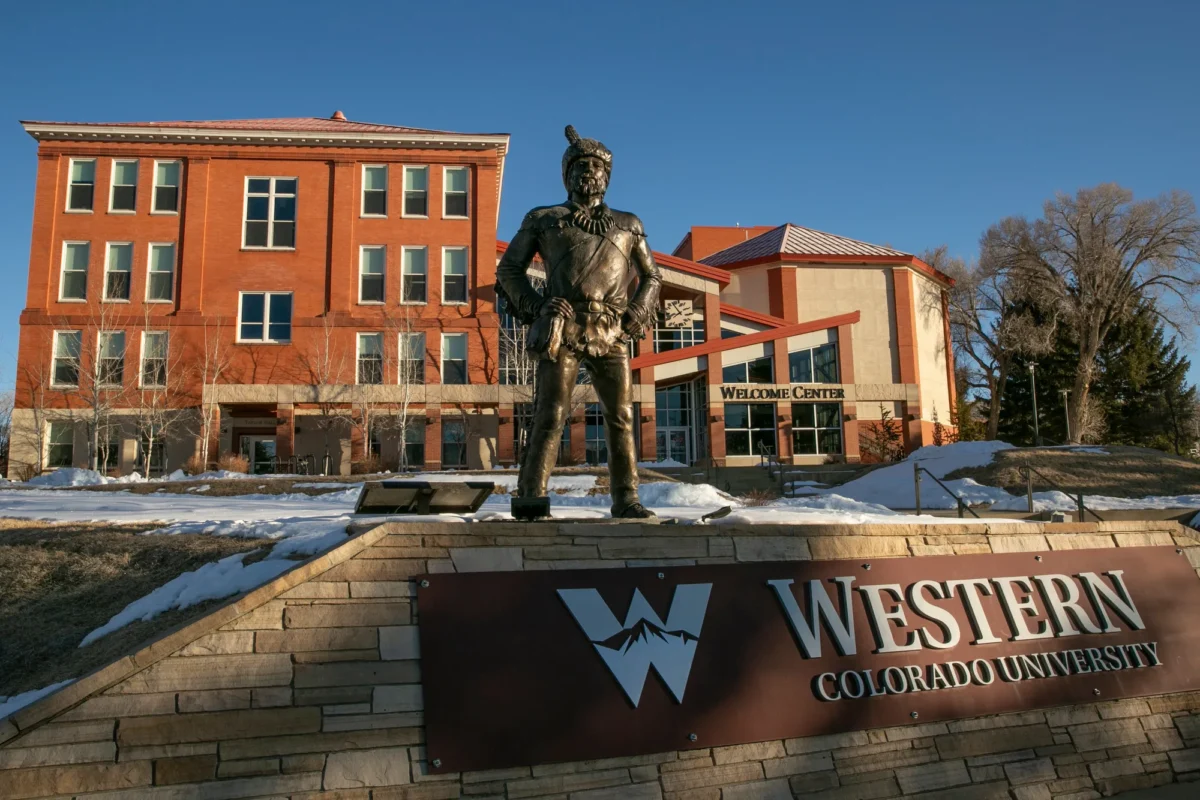
As I first sit down to write this, I am wrestling with Day 9 of my own Covid symptoms—on the symptomatic downswing from what has been a quite unpleasant experience.
What started with a mild fever—a feeling of slight overheating, soon became a killer sore throat, alternating bouts with fever and chills, a relentless, pounding headache, general fatigue, and odd muscle soreness that had me on my ass for the lion share of a 96-hour period.
In the midst of my covid woes, I checked off every symptom on the renowned Mayo Clinic’s (the pride of Minnesota, my home state) symptoms checklist as I pounded the maximum allowable amounts of Tylenol with Gatorade and a side helping of ice cream to help me get through the day.
Fortunately, my worst Covid days are in the rear view, and I’m patiently awaiting the return of my sense of smell.
For a relatively healthy 27-year-old man like myself, I was not expecting to come down with a somewhat severe case of Covid-19 three vaccines deep, but I did. I have been fairly careful throughout Covid—particularly in the earlier days of the pandemic, the first six to eight months or so—avoiding bars, giving my best effort at social distancing, dutifully complying with university masking policy, and so on.
I made it all the way through the end of my formal graduate school career at Western without ever contracting the virus—it was only when I ventured back to Gunnison for a couple weeks to tie up some loose ends that the virus caught up with me.
And guards are down right now across the nation—people have moved on—and it’s largely understandable why. Since Covid broke out, we have experienced and mostly moved on from: a summer of racial reckoning (although it seems we did not reckon nearly enough), an attempt to overthrow our government, dozens of heartbreaking mass shootings, and the most significant conflict geopolitically since World War II (Ukraine, if you couldn’t tell—there’s a lot of news in the world right now)—among other headlines.
But Covid is still out there—much to everyone’s dismay—and still mutating. The pandemic is not over, as much as we may collectively wish it to be, and we still must act with care.
Keeping up with the endless waves of Covid-19 variants is a full-time gig, but currently there are two quick-spreading “subvariants” that are picking up stream, unique strains which are not as easily controlled by the collective immunity granted by vaccines.
These strains are known as BA.4 and BA.5, and they fall under the umbrella of the broader Omicron variant. They appear to be quickly replacing BA.2 and BA.2.1.12, the predominant Covid strains in America today.
These new strains aren’t believed to be particularly dangerous in comparison to previous viral forms, but like all the major covid strains we’ve seen, they can wreak havoc and span a wide range of case severities.
Some individuals—predominantly the vaccinated and young, may hardly notice they have Covid, or have symptoms mild enough they may not feel the need to test. Others, like myself, fare somewhat worse. The remaining portion may face significant risk to their health, in both the long and short term, and even death. New data is showing that over half of the recent Covid dead in some states were vaccinated individuals.
Unfortunately, vaccination is not a tried-and-true safeguard against the new slate of Covid strains—everyone is at risk of more severe cases, and of contracting lingering Covid that can pose lasting health threats.
The virus’ death toll has now surpassed one million Americans, and that’s likely a significant undercount. More than 450,000 of those American deaths were believed to be from variant strains.

More locally—on June 9, more than 9,000 Coloradans were confirmed to have Covid-19, the highest number since Jan. 31 of this year. Colorado’s case numbers bottomed out from February to mid-May but look to be on the rise again, mirroring a broader national trend that has seen the northeast hit particularly hard.
And Gunnison County has not been spared from the uptick in cases.
From Gunnison County’s May 27 website update: “Since the last written update on May 17, 2022, we have seen a number of reported cases of COVID-19 infections at a rate similar to what we saw during the Delta surge in the fall of 2021. We are confident that only a fraction of the cases are being reported and that we are once again seeing the spread in the Gunnison County community.”

Trust me from my own, recent experience in that you don’t want to contract covid if you can avoid it—it’s a verified pain in the ass. But if you won’t do it for yourself—think of your community: your family, friends, neighbors, and classmates who could unwittingly become part of a chain of Covid spread.
So, we know Covid’s on the move and likely will be for some time, especially as summer activities and mass gathering ramp up—what do we do?
As part of the Gunnison community, we owe it to our fellow valley residents to exhibit a basic level of care in our behavior: wear a mask in confined spaces, opt for outdoor gatherings whenever you can, and take advantage of the government’s free self-testing kits while you quarantine after exposure—because no one wants to roll the dice with this virus, granted the choice. If they do, I would love to speak with them about my personal experience.
For people with common health risk amplifiers—various immunodeficiencies, lung problems, heart disease, obesity, diabetes or even simply older age, to list but a few—Covid-19 can enact a serious toll, worsening existing conditions and heaping on additional health problems.
For those who are most at-risk, a safe community is their best line of defense. If the Gunnison and Western communities act in an unsafe manner—it puts these individuals, members of our community, at heightened risk from community spread in everyday interactions. We can’t let that be the case—we have a moral duty to protect our fellow Mountaineers and the greater Gunnison Valley community.
Perhaps most scarily, the possible impacts of the virus on individuals who contract it over the longer term are still unknown, but are increasingly coming into light with further research.
Covid-19 infection can increase an individual’s risk of diabetes, anxiety and other psychological disorders, and lead to troubling long-term health problems like difficult breathing, loss of smell, fatigue, memory problems, heart complications, blood clotting, and damage to other organs.
And the risk of developing various forms of this “long Covid” is becoming clearer—it’s estimated to be as high as one in every five Covid cases, including reinfections. Unfortunately, vaccines only offer a moderate reduction in an individual’s long Covid risk—around 15 percent.
With risks this high, there is little room to play around. We must continue to treat Covid-19 as the substantive threat that it is to community health, and act accordingly.
So be safe out there, Mountaineers—and do your part to slow the spread.

